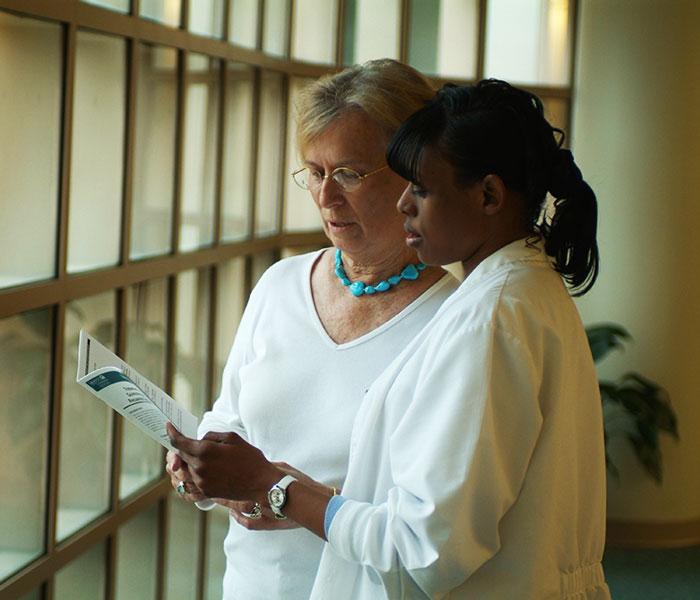Medication errors are difficult to quantify in home hospice care, since the patients and their families are doing most of the medication administration themselves. This is a story about how one family members’ inquisitive attitude and partnership with her husband’s hospice nurse prevented a potentially serious medication error.
The patient’s pain was increasing and he’d lost the ability to swallow his medications. So, the hospice nurse obtained orders from his attending physician for liquid pain medications that were to be delivered by syringe in the oral cavity. She explained this method and dosing instructions to his wife. She was eager to learn all she could to help her husband. The medication order was sent to the local pharmacy and his wife went to retrieve it later in the day.
When his wife began to administer the first dose, she became curious. Why had the pharmacy given her such a small syringe if the bottle instructed her to give 2.5 mL of medication? She called her nurse to request a new syringe. Over the phone, the hospice nurse realized the error immediately and rushed to the patient’s home to help.
What the patient’s wife discovered, alongside her hospice nurse, was that the packaging from the pharmacy was mislabeled. The correct dose of medication was 0.25 ml, not the instructed 2.5 ml. Thankfully, the syringe that was provided would’ve been adequate for the correct dose, and it provided an indication that something was amiss.
Medication errors can lead to devastating results for patients with advanced illness and at the end of life. In this case, administering 10 times the prescribed amount of narcotic medication would’ve had grave consequences, the least of which being that this wife would have lost precious time with her husband. Catching these mistakes often takes a village. In this case, the patient’s wife was not alone; her hospice nurse made an extra visit, communicated with the pharmacy, obtained the new labeling from the pharmacy, and re-educated her patient’s caregiver on the correct amount of medication to administer.
Thank you to all the hospice and palliative care nurses for everything you do to improve patient safety in home care.






